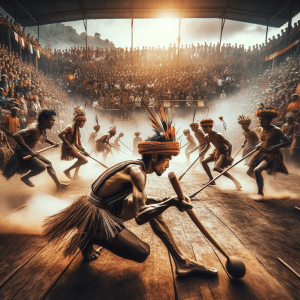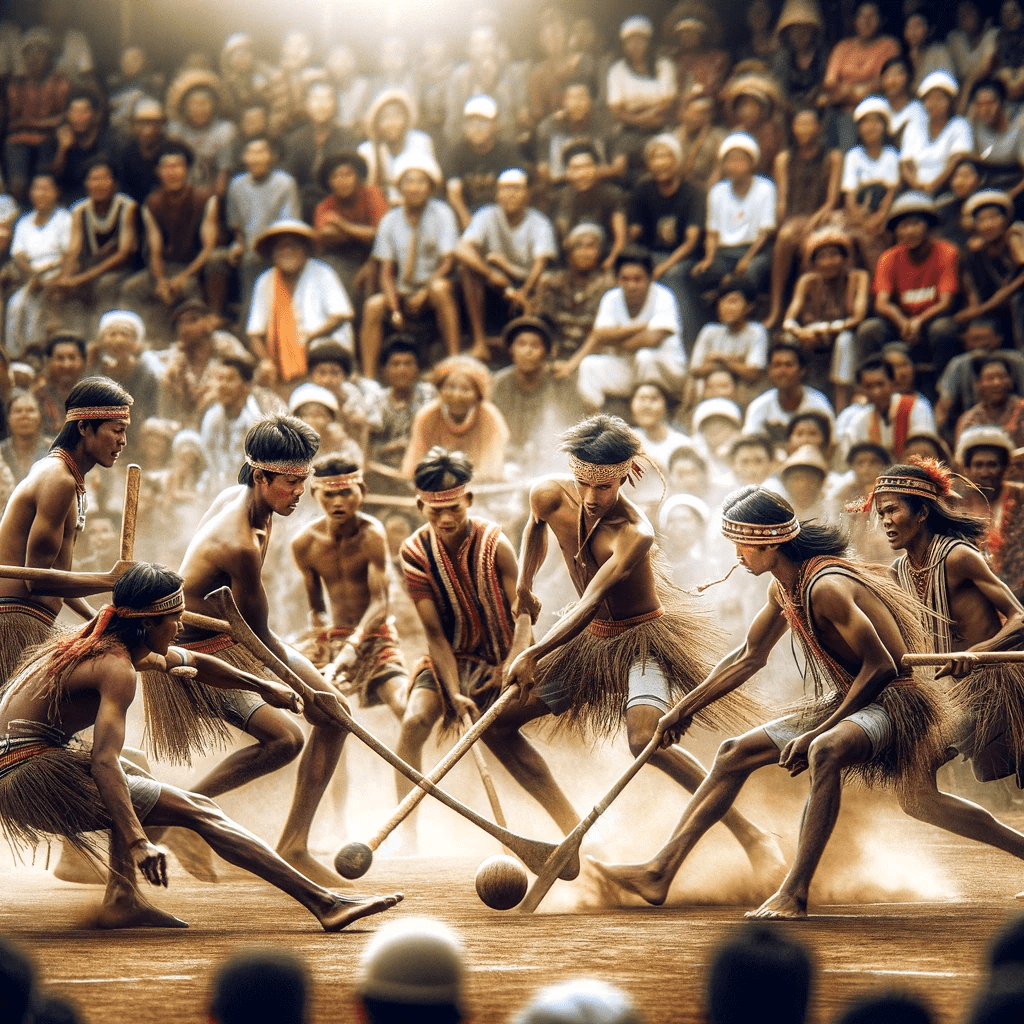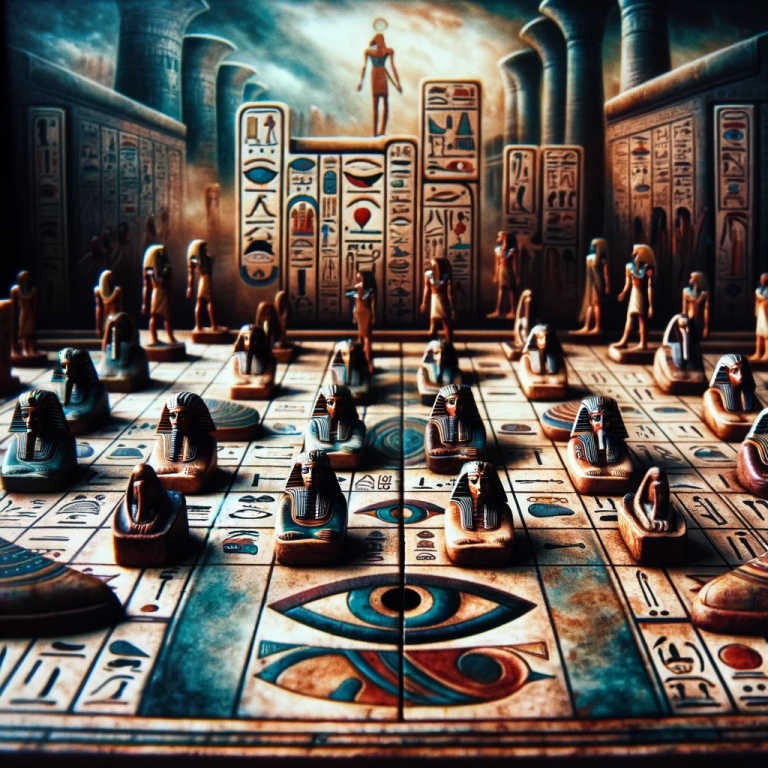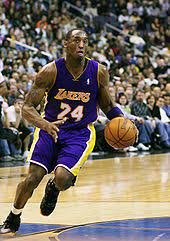Indigenous North American Stickball: A Journey through Time and Culture
Stickball, a traditional Native American sport, holds a significant place in the cultural heritage of various Indigenous tribes in North America. This sport, often compared to modern lacrosse, is much more than a physical game; it embodies deep-rooted spiritual, communal, and cultural values. Predominantly played by tribes in the Southeastern United States, such as the Choctaw, Cherokee, and Seminole, stickball showcases the rich diversity and complexity of Indigenous cultures. Each tribe brings its unique variations to the game, reflecting its customs, beliefs, and historical narratives. Stickball is a traditional outdoor team sport played by Indigenous peoples of North America. It is often considered a precursor to modern lacrosse.
Table of Contents
ToggleDefinition of Stickball
-
Basic Description:
Stickball is a traditional outdoor team sport played by Indigenous peoples of North America. It is often considered a precursor to modern lacrosse.
-
Equipment Used:
The game primarily involves sticks, traditionally made from hickory or other woods, and a small ball, which can be made from various materials like animal hide or wood.
-
Gameplay Essence:
Players use the sticks to catch, throw, and shoot a ball towards a goal, which varies in form depending on the tribal rules and traditions.
Brief Overview of its Significance in Indigenous Cultures
- Cultural Integration:
Stickball is deeply integrated into the cultural fabric of many tribes. It’s more than a sport; it’s a cultural ceremony with deep-rooted spiritual elements.
-
Historical Role:
-
Conflict Resolution:
-
Historically, it was sometimes used as a means to settle disputes among tribes, avoiding the need for war.
-
-
Community Bonding:
-
It served as a way to strengthen community bonds and taught values like teamwork, discipline, and respect.
-
Spiritual and Ritualistic Elements:
-
-
Ceremonial Practices:
-
Many games were preceded by ritual dances, songs, and other ceremonial practices.
-
-
Representation of Cosmic Battles:
-
In some tribes, the game symbolized the struggle between good and evil, or other cosmological or natural forces.
-
Contemporary Relevance:
Today, stickball continues to be a vital part of cultural preservation and education in Indigenous communities, maintaining a link to ancestral traditions and values.
Historical Background
Origins
-
Early References in Tribal Histories
-
Ancient Roots:
-
The origins of stickball are deeply rooted in the pre-Columbian history of Native American tribes, with evidence suggesting that the game has been played for centuries, if not millennia.
-
-
Tribal Lore and Legends:
-
Many tribes have oral histories and legends that mention stickball, indicating its longstanding presence in their cultures. These stories often imbue the game with mythical significance and connect it with the tribe’s broader cosmology and worldview.
-
Evolution Over Time
-
Variations Among Tribes:
-
The game evolved differently across various tribes, leading to differences in rules, equipment, and playing styles.
-
-
European Influence:
-
The arrival of European settlers brought changes to the game, including shifts in the materials used for equipment and, in some cases, modifications to the rules.
-
-
Modern Adaptations:
-
In the 20th and 21st centuries, stickball has seen adaptations that make it more accessible and relevant to contemporary Indigenous communities while retaining its traditional essence.
Cultural Significance
Ritual and Ceremonial Aspects
-
-
Pre-Game Rituals:
-
Ceremonies involving dance, music, and prayer are common before games, emphasizing the spiritual dimension of the sport.
-
-
Symbolic Representation:
-
In many tribes, stickball games symbolize larger cosmic or natural principles, such as the struggle between light and dark or different elements of the natural world.
Role in Tribal Communities
-
-
Community Cohesion:
-
Stickball serves as a social glue, fostering unity and camaraderie within and between tribes.
-
-
Teaching Tool:
-
It is used to teach values such as bravery, teamwork, and respect for rules and opponents.
-
-
Conflict Resolution:
-
Historically, the game played a role in settling disputes between tribes, serving as a less destructive alternative to warfare.
Comparison with Lacrosse
-
Common Ancestry:
Lacrosse and stickball share common Indigenous roots, with lacrosse being a modern sport that evolved from traditional stickball games.
-
Rule Variations:
While modern lacrosse has standardized rules, stickball rules vary significantly between different tribes and communities.
-
Equipment Differences:
Lacrosse uses standardized sticks and balls, whereas stickball sticks and balls can vary widely in design, reflecting different tribal traditions.
-
Cultural Embedment:
Unlike lacrosse, which is now a mainstream competitive sport, stickball remains deeply embedded in the cultural and spiritual life of Indigenous communities.
This historical overview underscores the rich and varied history of stickball, highlighting its cultural significance and evolution, and its relationship to modern lacrosse. Stickball is not merely a sport; it’s a living tradition that continues to play a vital role in Indigenous cultures across North America. Sports Guru Pro
Equipment and Playing Field
Description of the Stick
-
Materials and Design
-
Traditional Materials:
-
Sticks were traditionally made from woods like hickory, ash, or locust, known for their flexibility and strength.
-
-
Design Features:
-
The sticks typically have a bent end, often resembling a small racket or a curved cup, designed to catch and hold the ball.
-
-
Craftsmanship:
-
The making of sticks is often a skilled craft, passed down through generations, with each stick being handcrafted and sometimes decorated with tribal motifs or symbols.
-
Variations Across Tribes
-
Shape and Size:
-
The size and shape of the sticks can vary widely among tribes, influenced by cultural preferences and the specific rules of their stickball games.
-
-
Number of Sticks:
-
Players may use one or two sticks depending on the tribal version of the game. For example, the Choctaw version typically uses two sticks, one in each hand.
The Ball
-
Materials and Construction
-
Traditional Materials:
-
Balls were historically made from materials like deerskin, stuffed with hair or other natural fibers. Some tribes used wooden balls.
-
-
Size and Weight:
-
The size and weight can vary, but they are generally small enough to be grasped with the stick and light enough to be thrown considerable distances.
C. The Playing Field
-
Traditional Dimensions and Layout
-
Field Size:
-
The size of the field in traditional stickball can vary greatly, sometimes covering large areas without defined boundaries.
-
-
Goal Design:
-
Goals can be upright poles, trees, or other natural markers, and their placement depends on the specific game variant. Some games have one goal per team, while others have a single central goal.
-
Modern Adaptations
-
Standardized Fields:
-
In contemporary settings, the playing field might be more standardized, resembling a football or soccer field in size and layout.
-
-
Goal Adaptations:
-
Modern adaptations might include more defined goal areas, sometimes incorporating elements from sports like lacrosse or hockey for clarity and uniformity in intertribal games.
The equipment and playing field in stickball are as diverse as the tribes that play it. These variations reflect the rich cultural diversity of Indigenous North American communities and the adaptive nature of their traditional sports.
Rules and Gameplay

Basic Objectives
Scoring System
-
-
Goal Achievement:
-
Points are scored by hitting a fixed target, such as a pole or a tree, with the ball. In some variations, goals involve passing the ball through a designated area or over a line.
-
-
Scoring Variations:
-
The method of scoring and the value of each goal can vary significantly between different tribal versions of the game.
Winning Conditions
-
Point Goals:
A game often ends when a team reaches a certain number of points.
-
Time Limit:
In more modern adaptations, games may be played within a set time frame, with the team having the most points at the end declared the winner.
B. Players and Positions
-
Number of Players
-
Large Teams:
-
Traditional stickball games can involve large numbers of players, sometimes in the hundreds, reflecting the communal nature of the sport.
-
-
Smaller Teams:
-
Contemporary versions often feature smaller teams, similar to other modern team sports, to facilitate organized competition.
-
Position Roles
-
Varied Roles:
-
Traditional games may not have strictly defined positions, with players taking on roles more fluidly.
-
-
Specialized Positions:
-
In some adaptations, players may have more specialized roles, similar to positions in sports like lacrosse or soccer.
C. Game Duration
-
Traditional vs. Contemporary Timing
-
Traditional Games:
-
Historically, games could last for hours or even days, with few formal rules governing game length.
-
-
Contemporary Adaptations:
-
Modern versions often have a predefined duration, divided into quarters or halves, to fit into scheduled tournament structures and make the game more spectator-friendly.
D. Unique Rules
-
Handling the Ball
-
Stick Use:
-
Traditionally, players are only allowed to use their sticks to touch the ball. Handling the ball with hands is typically prohibited, although rules can vary.
-
-
Ball Movement:
-
The ball is moved by throwing, flicking, or scooping with the stick. Some tribal rules allow for kicking or batting the ball with the stick.
-
Physical Contact and Tackling
-
Contact Levels:
-
The level of physical contact in stickball can be intense. In some tribal games, body checking and tackling are common, reflecting the sport’s historical role as a substitute for conflict.
-
-
Safety Adaptations:
-
Modern iterations may implement rules to reduce the risk of injury, particularly in intertribal or exhibition games where participants have varying skill levels and physical conditioning.
The rules and gameplay of stickball are as varied and dynamic as the cultures that created it. While traditional forms of the game emphasize endurance, skill, and community participation, modern adaptations balance these aspects with the need for standardization and safety in organized sporting contexts.
V. Ceremonial and Spiritual Aspects
A. Pre-game Rituals
-
Dances and Prayers
-
Cultural Significance:
-
Many tribes perform specific dances and prayers before a game, seeking the favor of the spirits or ancestors.
-
-
Community Involvement:
-
These rituals often involve not just the players but the entire community, reinforcing social and spiritual bonds.
-
Symbolic Meanings
-
Cosmic Balance and Harmony:
-
Rituals often symbolize broader themes like the balance between opposing forces or harmony with nature.
-
-
Tribal Identity:
-
The specific rituals reflect tribal histories and beliefs, serving as a means of preserving and expressing unique cultural identities.
Role in Community Gatherings
-
Festivals and Social Events
-
Celebratory Occasions:
-
Stickball games are often central to festivals and social gatherings, serving as a focal point for community celebration.
-
-
Cultural Showcase:
-
Such events provide an opportunity to showcase traditional clothing, music, and other cultural expressions.
-
Means of Conflict Resolution
-
Alternative to War:
-
Historically, stickball served as a means to settle disputes without resorting to war, thus playing a crucial role in maintaining peace.
-
-
Resolution of Internal Conflicts:
-
It also helps in resolving internal community disputes, reinforcing social norms and values.
Modern Adaptations
Stickball in Contemporary Indigenous Communities
-
Preservation of Traditions
-
Cultural Continuity:
-
Stickball remains a vital tool for preserving traditional values and practices in a modern context.
-
-
Adaptations for Relevance:
-
While maintaining core aspects, some adaptations ensure the game remains relevant and engaging for younger generations.
-
Community Events and Tournaments
-
Inter-Tribal Competitions:
-
Modern tournaments often bring together different tribes, fostering a sense of unity and shared heritage.
-
-
Local Community Events:
-
Stickball continues to be a highlight in local cultural events and gatherings.
Inclusion in Mainstream Sports Culture
-
Exhibition Games
-
Cultural Exchange:
-
Exhibition games in non-Indigenous settings serve as a tool for cultural exchange and understanding.
-
-
Public Interest:
-
These games often attract interest from wider audiences, increasing awareness of Indigenous cultures.
-
Educational Programs
-
School Initiatives:
-
Some schools incorporate stickball into their physical education programs, often as part of broader initiatives to teach about Indigenous cultures.
-
-
Workshops and Seminars:
-
Educational workshops help in spreading knowledge about the game’s cultural significance.
Challenges and Future of Stickball
Cultural Appropriation Concerns
-
Misrepresentation Risks:
There’s a risk of the game being appropriated or misinterpreted when presented outside its cultural context.
-
Maintaining Authenticity:
Efforts are needed to ensure that the game’s cultural and spiritual aspects are respected and accurately represented.
Efforts to Preserve and Educate
-
Role of Tribal Elders
-
Knowledge Transmission:
-
Elders play a crucial role in passing down knowledge, rules, and rituals associated with stickball.
-
-
Cultural Leadership:
-
They guide the younger generation, ensuring cultural continuity and integrity.
-
Integration into School Curriculums
-
Educational Inclusion:
-
Incorporating stickball in school curriculums helps in educating both Indigenous and non-Indigenous students about the game and its cultural importance.
-
-
Building Awareness:
-
Such initiatives foster greater understanding and respect for Indigenous cultures among the broader population.
FAQs about Indigenous North American Stickball
Q1: Is stickball the same as lacrosse?
A1: While stickball and lacrosse share common Indigenous roots, they are not the same. Lacrosse is a modern sport with standardized rules, whereas stickball retains diverse traditional forms and is deeply embedded in the cultural and spiritual life of Indigenous communities.
Q2: How is stickball played?
A2: Players use sticks to catch, throw, and score with a small ball, aiming at a target such as a pole or passing through a designated area. The exact rules vary among tribes.
Q3: What is the significance of stickball in Indigenous cultures?
A3: Stickball is more than a sport; it’s a cultural ceremony with deep spiritual elements. It has been used for community bonding, teaching values, and even conflict resolution within and between tribes.
Q4: Are there modern tournaments for stickball?
A4: Yes, there are modern tournaments that often bring together different tribes, showcasing the sport and fostering a sense of unity and shared heritage.
Q5: How are stickball sticks made?
A5: Sticks are traditionally handmade from woods like hickory or ash and are often crafted and decorated with tribal motifs, with each stick reflecting the unique cultural identity of its maker.
Q6: Can non-Indigenous people play stickball?
A6: Participation policies vary. Some communities welcome non-Indigenous players in an effort to share their culture, while others reserve the game for tribal members to maintain its cultural integrity.
Q7: Is stickball considered a dangerous sport?
A7: Traditional stickball can be quite physical, with body checking and tackling. Modern adaptations may implement rules to reduce the risk of injury.
Q8: How are the game’s rules and traditions passed down?
A8: Knowledge about stickball is traditionally passed down orally by tribal elders, ensuring the continuity of both the sport and its cultural significance.
Conclusion
Stickball, an ancestral game deeply rooted in the Indigenous cultures of North America, transcends the realm of mere sport. It encapsulates a rich tapestry of history, spirituality, and community values. As a physical embodiment of tribal lore and as a ceremonial practice, stickball offers a profound insight into the cultural identity and traditions of Native American tribes. In modern times, stickball has navigated the delicate balance between preserving traditional practices and adapting to contemporary contexts. Its inclusion in educational programs and public events marks an important step towards fostering broader cultural understanding and respect. The future of stickball, safeguarded by tribal elders and embraced by younger generations, is not just about preserving a game but about keeping alive a vibrant, living culture. As a bridge connecting past, present, and future, stickball remains a testament to the resilience and dynamic nature of Indigenous cultures in North America.







